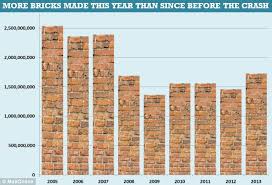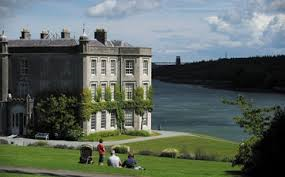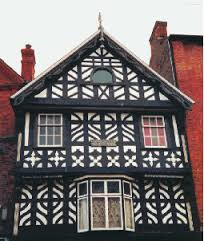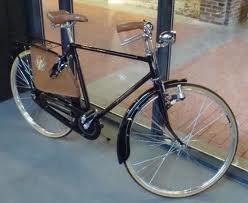Construction Industry – a cornerstone of the economic recovery
The construction industry in the UK began 2014 in a position of continued growth, with the recovery in the housing market and the anticipated creation of approximately 200,000 jobs in the next 4/5 years. With borrowing for mortgages having eased, demand for new housing is expected to account for more than 30% of the industry’s £120bn a year contribution to UK output. Government targets are set at 240,000 new homes annually from 2016.
Housing demand still under achieving
Around 6% of UK economy is generated through the construction industry but even with the turnaround, which reflects a 20% increase compared to a year ago, the supply of new homes is still behind where it needs to be to meet targets and demand. Given that the industry is still operating at around 10% lower than the pre-recession peak, there’s still some way to go. Figures reported for May this year show the slowest growth of the last 6 months, though still up on the same period last year with June expected show a further surge.
The CPA (Construction Products Association) has forecast figures for healthy growth up to 2017 and although optimistic is suggesting caution beyond 2015. In the private housing sector they predict good levels of growth between now and 2016 when they expect a dip as the Help to Buy Scheme comes to an end – however the housing demand will still be there and if the economy is healthy then it should still be positive for the sector.
Great news, and yes eight out of ten bricks manufactured in this country are used for house building. 1.73 billion bricks were made in 2013 – enough to go around the earth 9 times
Skill shortage
Another fact recently reported is the need for 200,000 recruits to the industry by 2020 to meet demand. The Smith Institute reports that the construction industry is still largely a no go area for women with only 11% in the workforce and less than 1% in manual trades. This compares poorly with many other industries and given that women now make up almost half of the UK’s workforce, it is something that maybe needs careful consideration to make sure that the skills demanded for the future can be met. As the industry changes and relies less on muscle and more on technical expertise, the high tech, multi-skilled building world of tomorrow is just as suited to women as men. Perhaps our educators need appraising of this fact!











